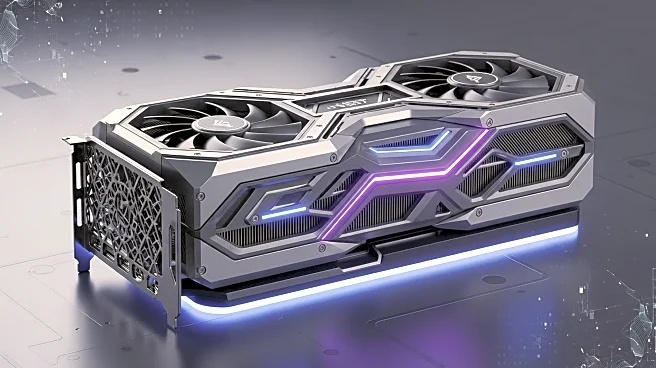What is the story about?
What's Happening?
A recent paper in Nature highlights the development of an analog optical computer (AOC) designed for inference and combinatorial optimization tasks. This AOC uses optical and analog electronic components to perform fixed-point searches, handling matrix-vector multiplications and non-linear operations without the need for analog-digital conversions. The small-scale AOC has demonstrated significant efficiency, being over a hundred times more efficient than current GPU-derived vector processors for tasks like image classification and non-linear regression.
Why It's Important?
The development of the AOC represents a significant advancement in computing technology, particularly for tasks that require high efficiency and speed. By eliminating the need for analog-digital conversions, the AOC reduces energy consumption and increases processing speed, which could have substantial implications for industries reliant on large-scale data processing and machine learning. This technology could lead to more efficient data centers and improved performance in applications requiring real-time data analysis.
What's Next?
Further development and scaling of the AOC could lead to broader applications in various fields, including artificial intelligence and big data analytics. Researchers may focus on enhancing the AOC's capabilities and exploring its potential in other computational tasks. The success of this technology could prompt increased investment in analog computing research, potentially leading to new breakthroughs in computing efficiency and performance.
AI Generated Content
Do you find this article useful?














